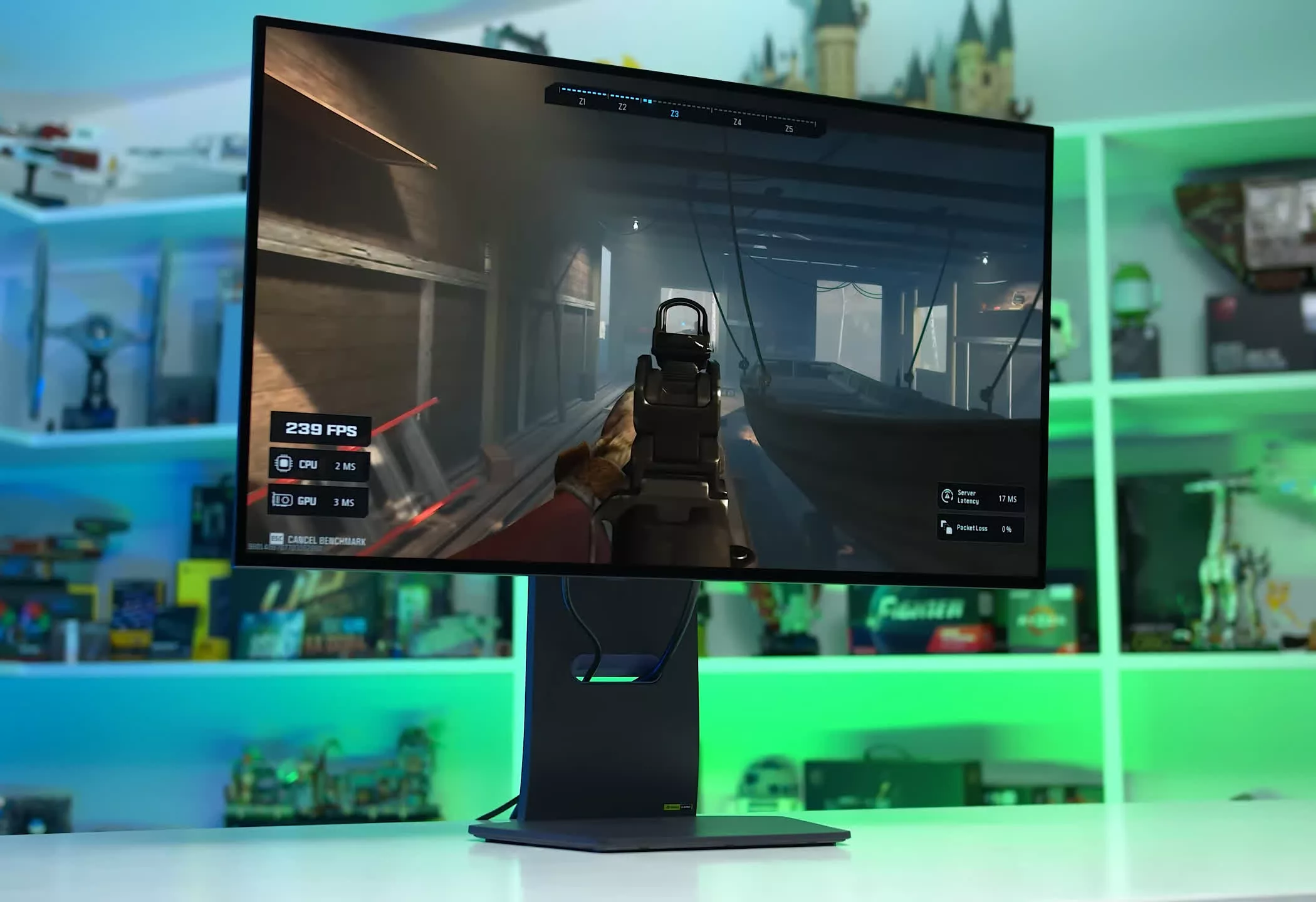Something to look forward to: As companies rush to produce the monitor with the fastest refresh rate available, ViewSonic looks set to enter the race with a 27-inch OLED model able to reach an astounding 520Hz. It's also expected that the display will have a 2,560 x 1,440 resolution.
CES 2025 is getting closer all the time. The world's biggest consumer electronics show takes place between January 7 and Saturday 11 January, when one of the many exhibitors will be ViewSonic.
According to German publication ComputerBase, ViewSonic will have several new monitors on show at CES. In addition to its professional ColorPro and business monitors, the US firm will be revealing some new gaming displays.
One of these monitors will have 520Hz refresh rate on its 27-inch panel, along with a 1ms MPRT (Moving Picture Response Time). Other reported details include AMD FreeSync Premium support, and a 1440p resolution.
Related reading: IPS vs VA vs TN vs QD-OLED vs WOLED Explained
Ridiculously fast monitors with resolutions above 1080p could be the next battleground in the competitive gaming display market. There were reports last week that Samsung Display has almost completed development of a 27-inch panel with a 1440p resolution and a 500Hz refresh rate. Combining quantum dot and OLED tech (QD-OLED), monitors featuring this panel should arrive in the first half of 2025.
ViewSonic's 520Hz monitor is also OLED, though it's unknown if this will be a QD-OLED monitor like Samsung's product. The company only launched its first OLED monitor in April this year.
ViewSonic is also reported to be joining the list of companies releasing dual-mode monitors. There are few details, but it's believed to be a 4K model. It could have similar specs as the LG 32GS95UE (below), which we liked a lot. That 32-inch WOLED gaming display offers a 4K resolution at 240Hz, while the dual mode functionality also allows it to operate at a lower 1,920 x 1,080 resolution with a higher 480Hz refresh rate.
CES 2025 is shaping up to be one of the most interesting events in years. Both Nvidia and AMD look set to reveal their next-gen graphics cards at the event, the RTX 50-series and the RDNA 4 desktop GPUs, respectively.
ViewSonic to unveil 1440p OLED gaming monitor with 520Hz refresh rate at CES 2025


